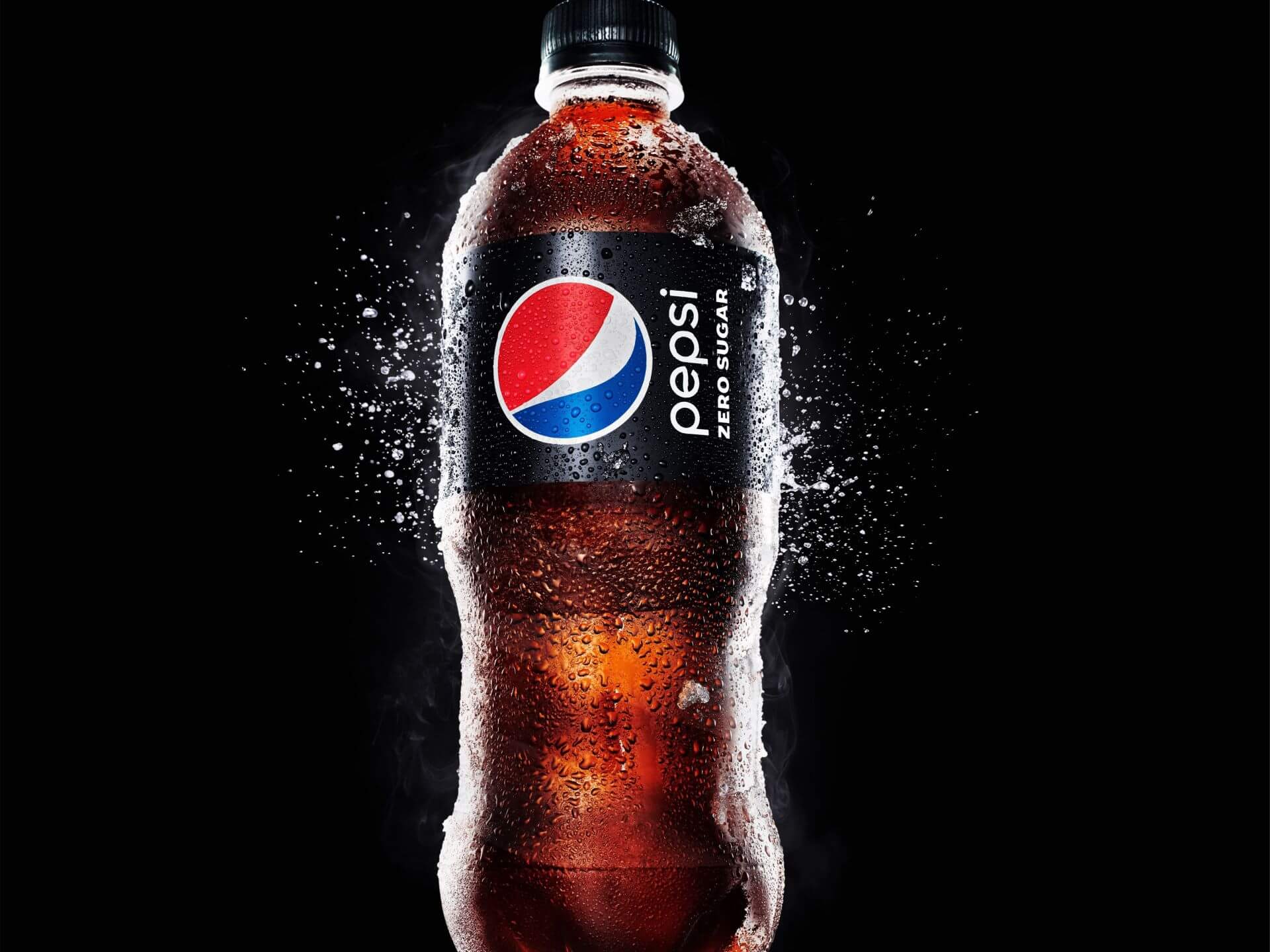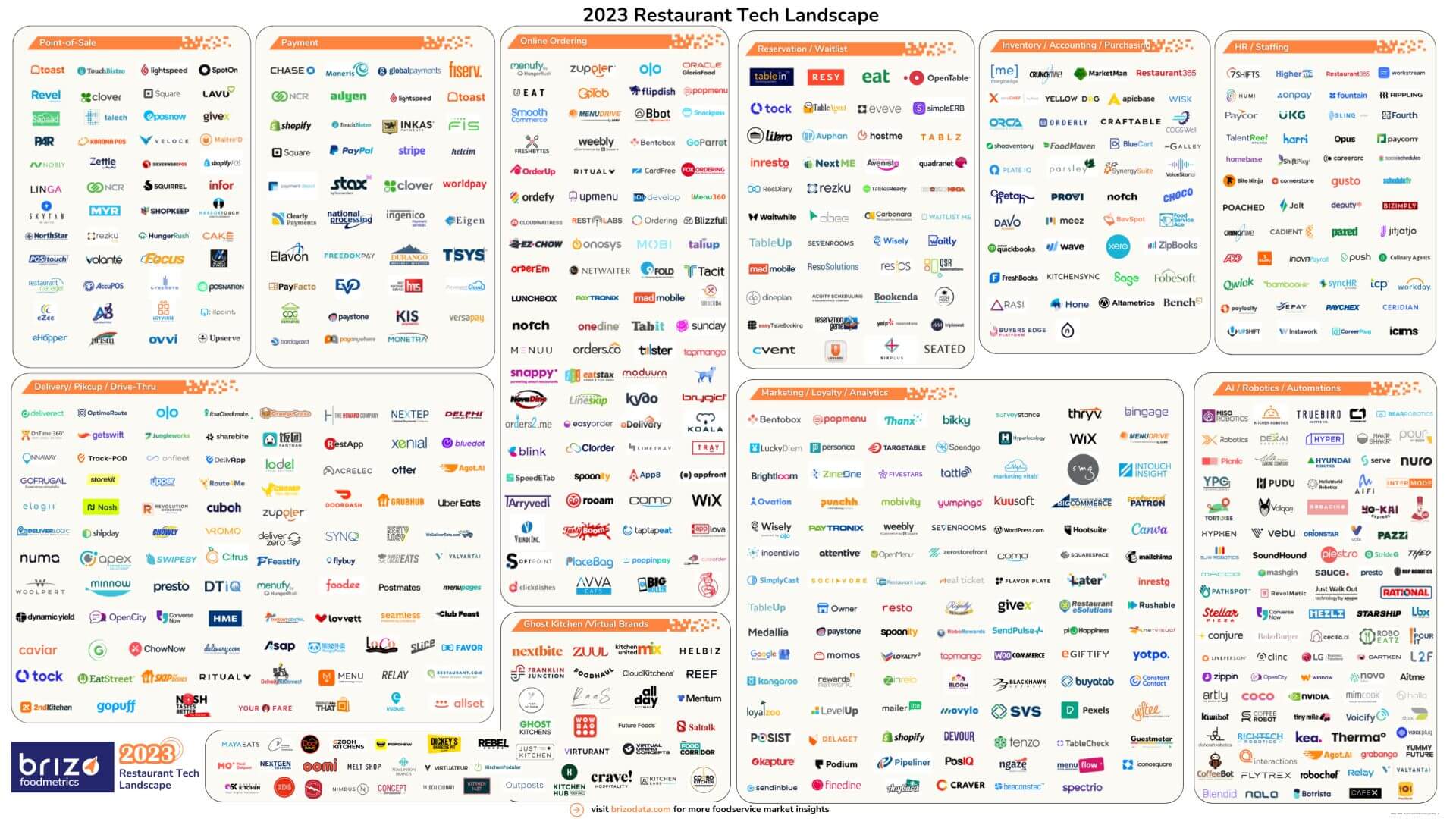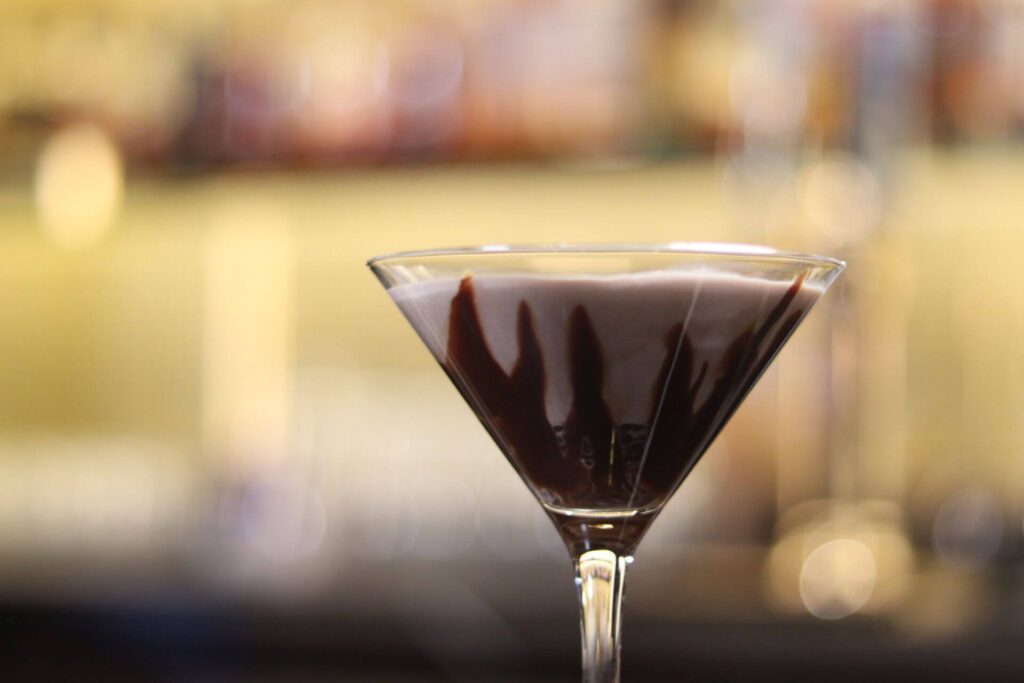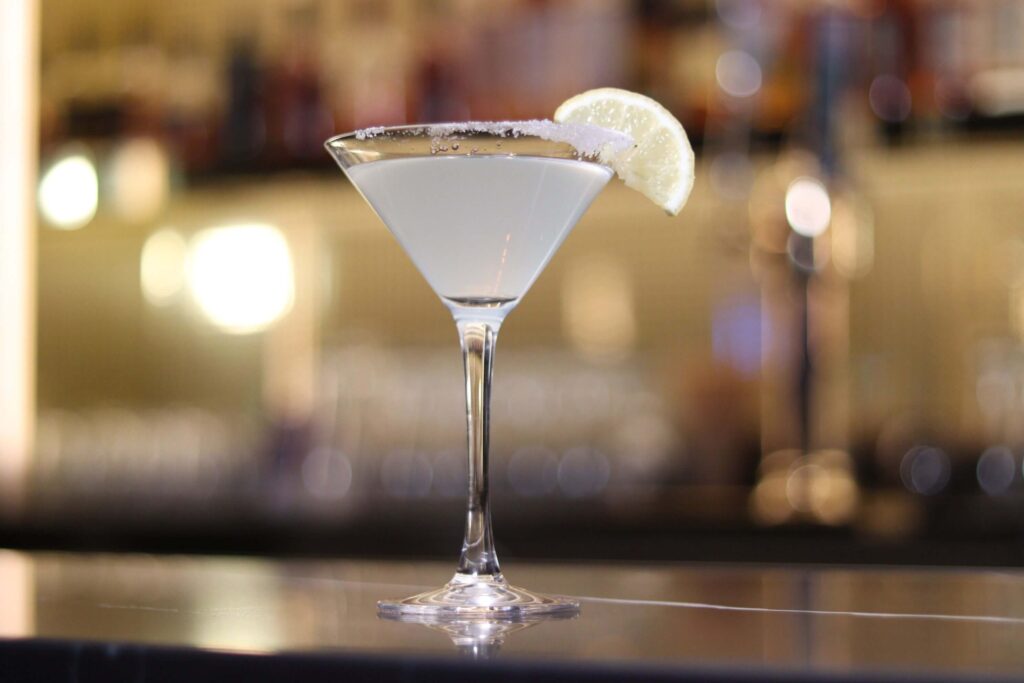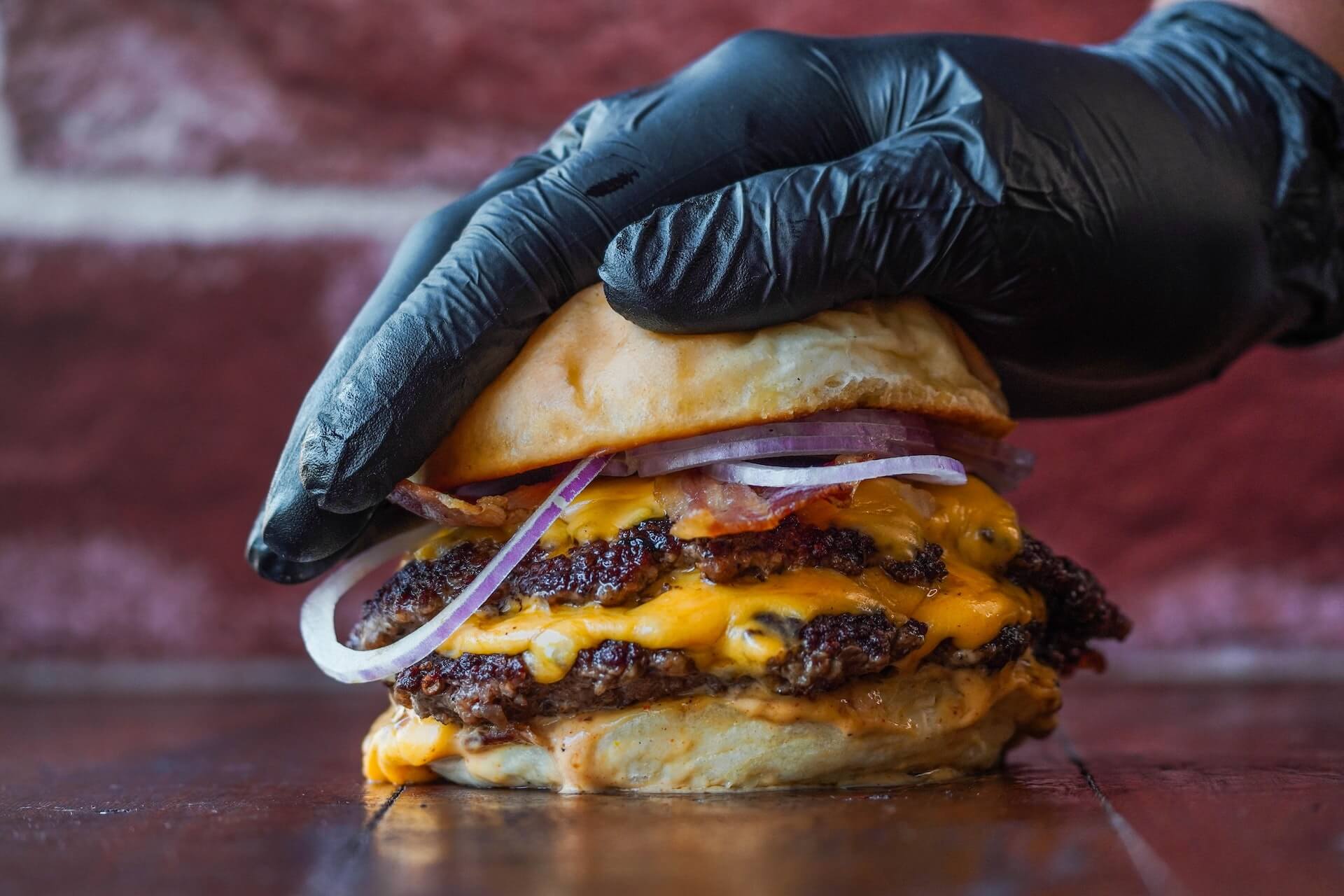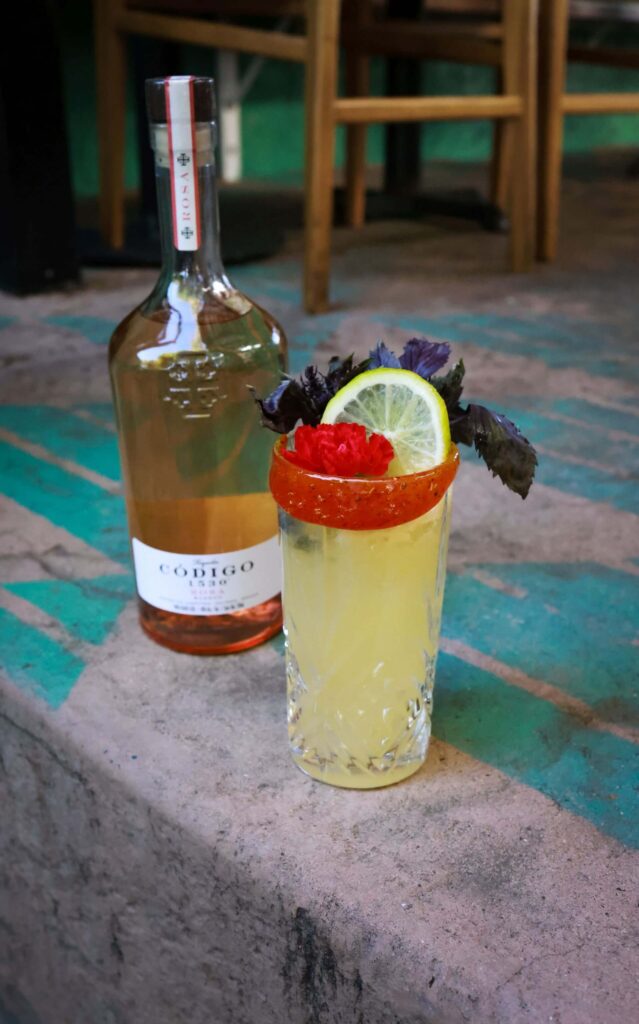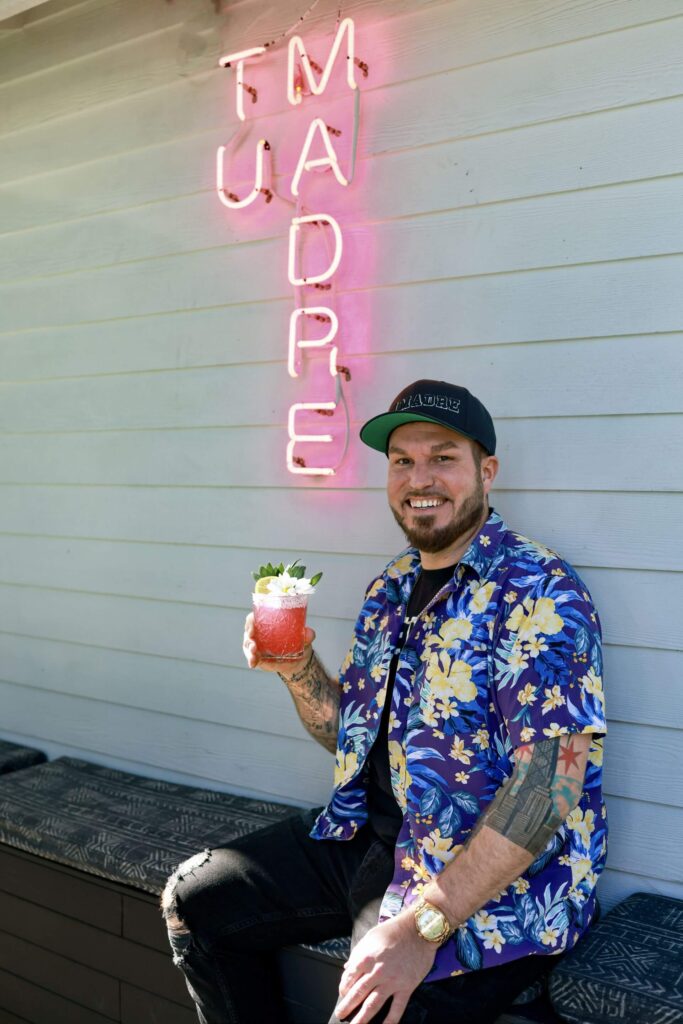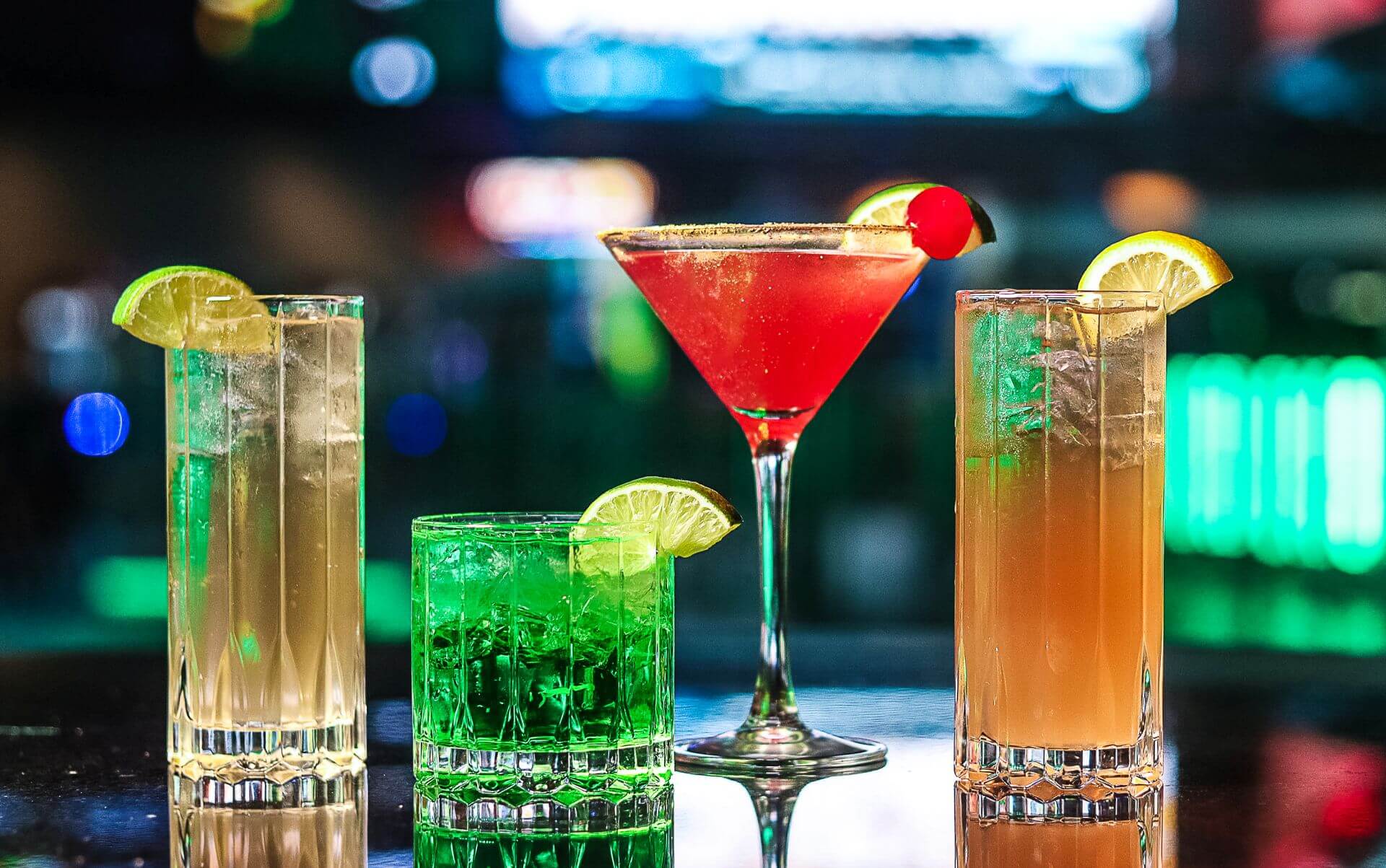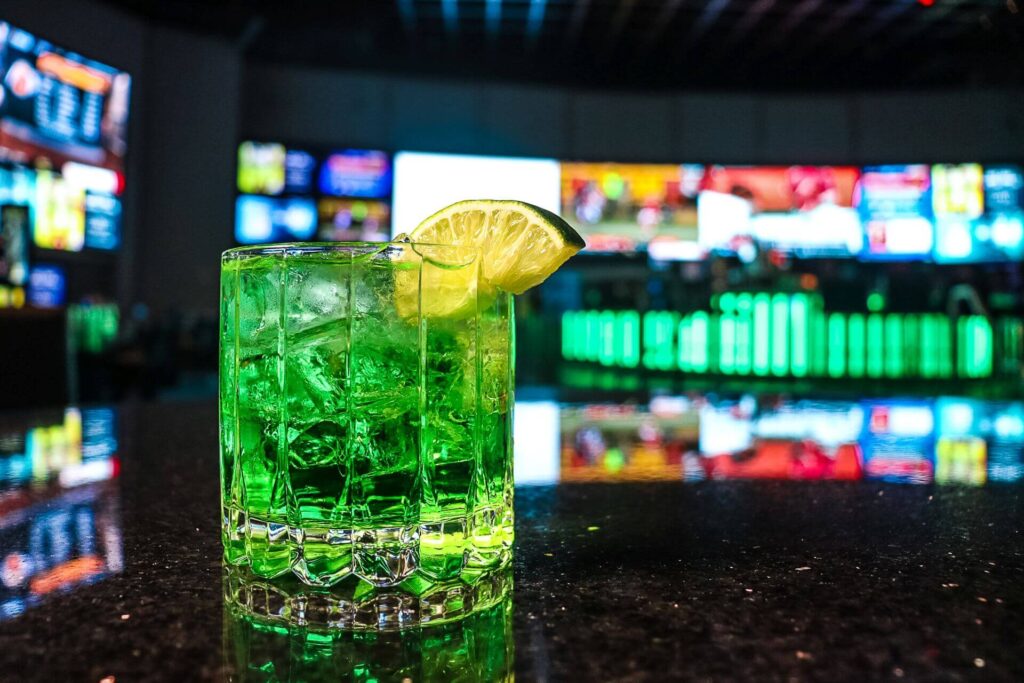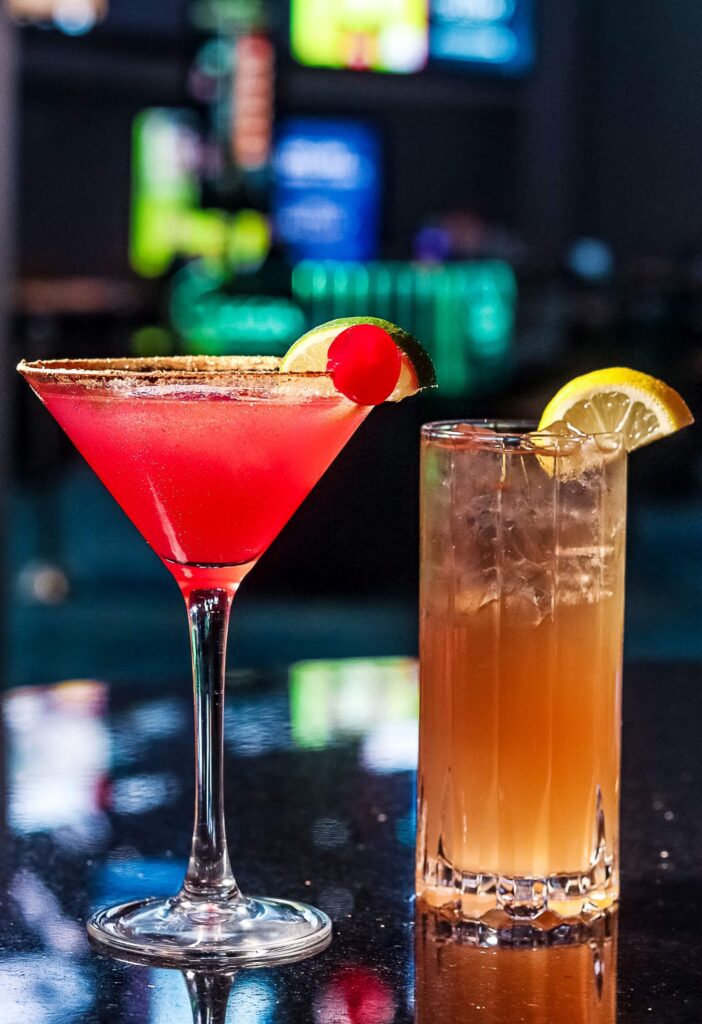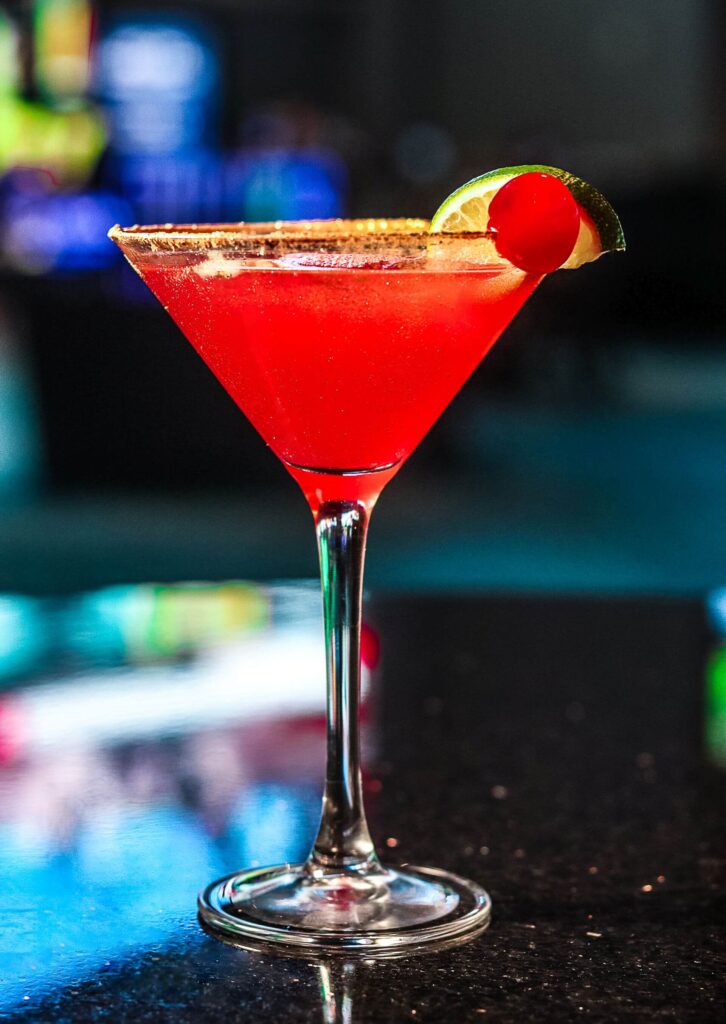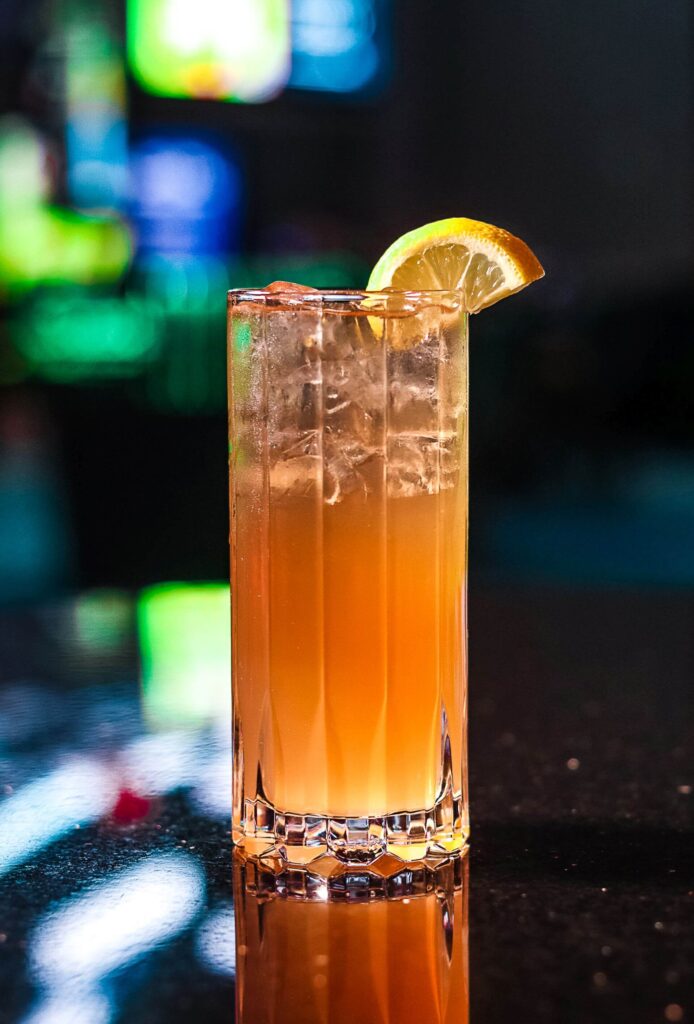A Restaurant Bans Children Under 10 and People Have Some Thoughts
by David Klemt

On February 9, Nettie’s House of Spaghetti in Tinton Falls, New Jersey, announced it was banning children under the age of 10.
Of course, people had some thoughts after seeing the announcement on Facebook. In fact, it became a national news story. I mean, here I am, writing yet another article about the situation.
As you’ve likely already guessed, Nettie’s has received both support and pushback. Interestingly, the Facebook post shows 40,000 reactions and 11,000 shares but just 11 comments.
For the most part, the 11 comments show varying degrees of support. There are, however, a couple posts that voice disappointment.
Post Bans Children Under 10
To be honest, I find Nettie’s Facebook post announcing the ban professional. It’s not hostile, not mired in corporate-speak.
“We love kids. We really, truly, do. But lately, it’s been extremely challenging to accommodate children at Nettie’s. Between noise levels, lack of space for high chairs, cleaning up crazy messes, and the liability of kids running around the restaurant, we have decided that it’s time to take control of the situation.”
Not a bad start. The restaurant explains that they aren’t “anti-children” and lays out what led to this decision.
“This wasn’t a decision that was made lightly, but some recent events have pushed us to implement this new policy. As of March 8, the day we return from our winter break, we will no longer allow children under 10 to dine in the restaurant.”
Straightforward, announcing when the ban takes place and the ages that will no longer be permitted in the dining room.
“We know that this is going to make some of you very upset, especially those of you with very well-behaved kids, but we believe this is the right decision for our business moving forward. Thank you for understanding [red heart emoji].”
Finally, Nettie’s addresses the backlash they knew they’d receive.
Support and Opposition
Obviously, two camps have emerged: those who support the ban and those who oppose it.
The top comment gives full-throated support of Nettie’s decision:
“Fantastic idea… having worked in the industry since I was 14, [I]’ve never seen anything like I have in the recent past. Kids are out of control and most parents are oblivious. The disregard for manners and common decency is unreal. I worked in FH and was disgusted by the behavior. Good for you for taking a stand [clapping emoji].”
Pretty harsh indictment of parenting. This comment also elicited a response from Nettie’s:
“Jill Sorrentino-Wilson thank you for the support! It’s become a liability to us – kids running around the restaurant in circles when we’re trying to carry trays of food and drinks has made doing our jobs extremely difficult.”
Speaking of harsh, one commenter thinks this decision may be a bit much:
“I thought this was an Onion when i first saw it! I have grown kids, they were really well behaved, and nobody likes misbehaved kids(barbarism begins at the home!), especially while dining. But this might be harsh…”
And, of course, a comment from a disappointed potential guest:
“That is really sad to hear .. I was looking forward to trying out your place but with a well behaved 9 year old I’m not welcome .. sad ..”
Final Thoughts
No operator will ever open a concept that’s all things to all guests. They’ll never make everybody happy, and they won’t win the loyalty of every guest.
Additionally, as one commenter on the Nettie’s Facebook post points out, not every restaurant offers an atmosphere suitable for families.
That said, operators also need to know that every decision and policy will be scrutinized by the community. It’s possible that comments opposing Nettie’s new policy were scrubbed by the page’s admin—I have no way of knowing.
But I do know this: social media comments don’t necessarily represent reality. It’s possible more people support this policy than oppose it. So, it’s possible Nettie’s will gain more guests than they lose.
Banning children will likely always elicit strong responses. One can argue that banning kids is in direct opposition to the spirit of hospitality. After all, one Facebook commenter did say “I’m not welcome” when addressing the Nettie’s ban.
However, there’s no arguing that loud—obnoxious, even—children ruin the hospitality experience for other diners. Is the experience of diners without children of less value in comparison to those with children? Should an operator be expected to “deal with” the potential liability of out-of-control children? Or should they be able to make a decision removing that liability without fear of significant backlash?
In the end, the community Nettie’s serves will make their feelings known with traffic and dollars. Every operator needs to know that’s how their decisions will ultimately be judged.

